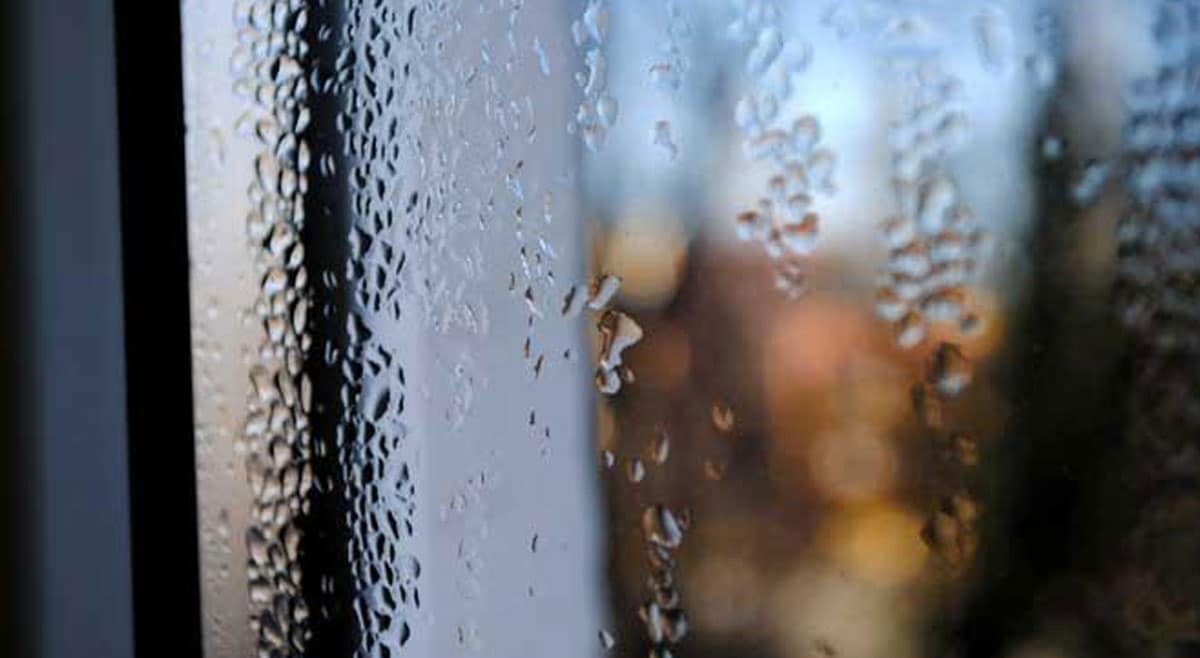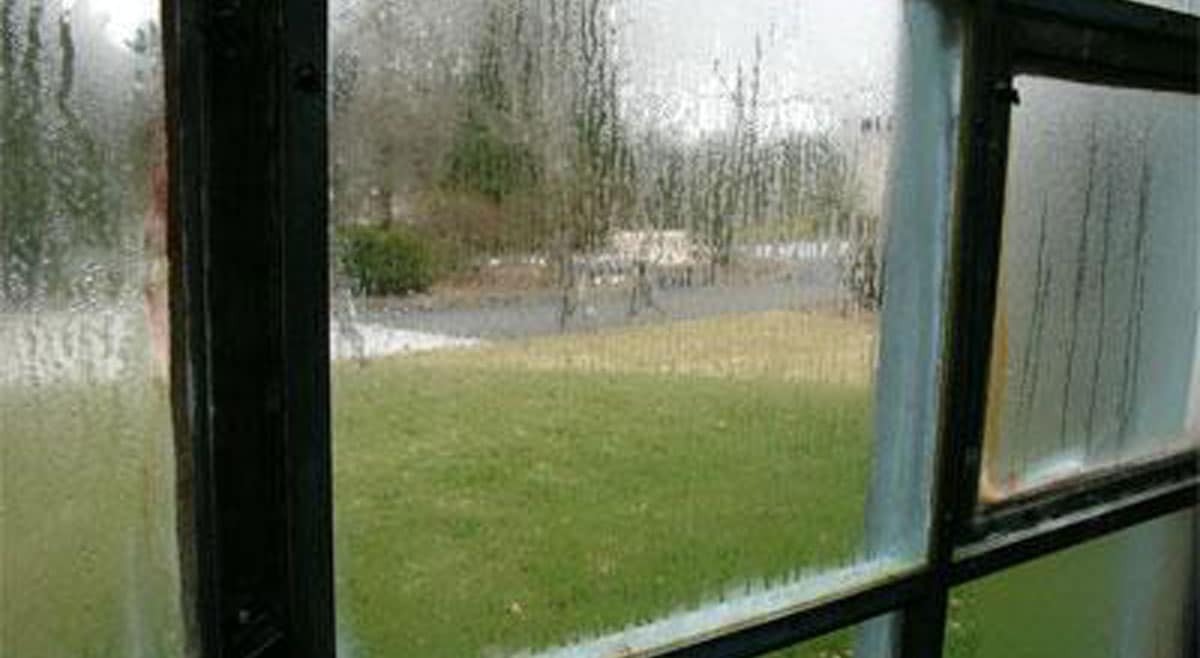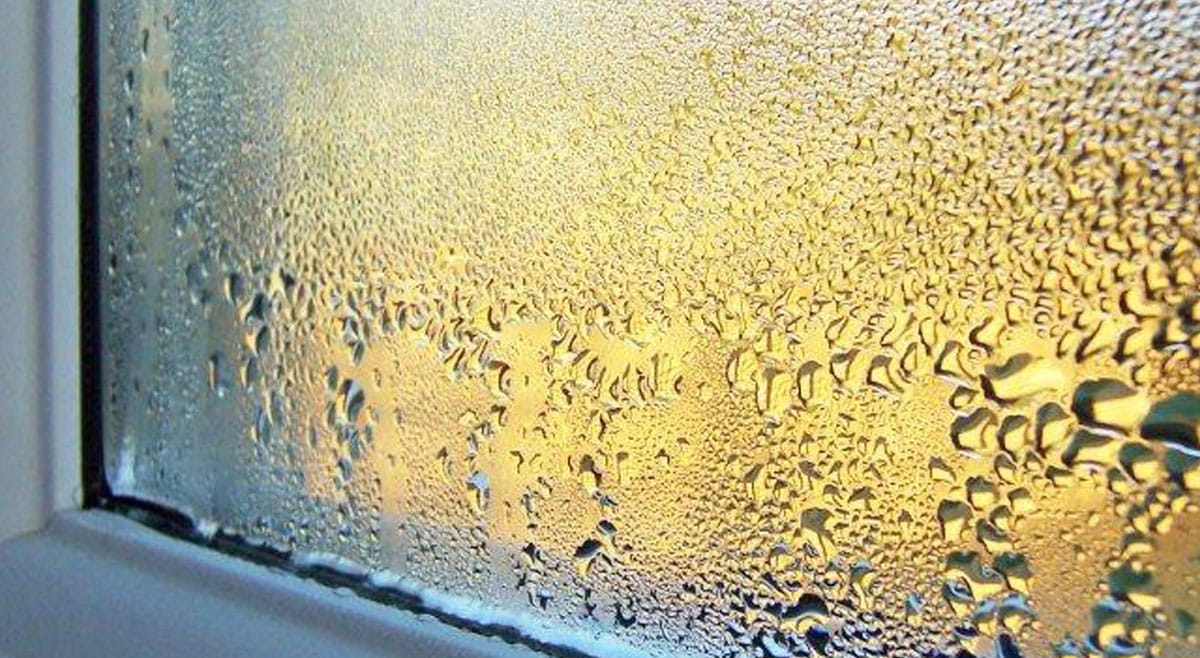How To Clean Moldy Windows?

Having great-looking windows adds measurable value to a home. From protecting the home from excess humidity to providing the home with ample sunlight, windows also make a home comfortable. Adding to this, windows add a lot of aesthetic value to the interior, by becoming a centerpiece that draws attention the moment we step inside our rooms. They do this by bringing the serene outdoors inside, adding a sense of nature to our homes through natural light and air.
Windows provide an increased return on investment in many ways, such as saving you from the trouble of expensive energy bills, creating a single source of natural temperature control, and providing ventilation. Before you decide to either replace or install new windows, do consider consultation from an expert who will guide you through different options that suit your space as well as requirements. If you want to read more on replacement windows, just in case if you are looking to get your windows replaced, you can read it here. If you are looking for an expert consultation you can get it from here.
 Source: Homereference
Source: Homereference
Before you jump into purchasing brand new windows, take a close look at what you have. Just like anything else, windows develop problems over time, which often can be fixed. Apart from the usual wear and tear that occurs with use, windows face a huge issue of mold infestation. And unlike wear and tear, mold can become a problem long before it is noticeable. This is because it hides too easily underneath the surface or blends with the color of the frames. This happens mostly in cold and humid environments where there is high humidity and an increased probability of condensation. This condensation causes the material to rot from the inside, which allows mold to grow.
Mold. What should you know about it?
Mold is nothing but minute microscopic organisms particularly fungi that infest in very humid and cold environments. All they need is an organic material, oxygen, and a highly moist environment. What they do is digest organic material like wood, destroying its structure from the inside, making it weak and rotten. If not identified and treated in time, molds can destroy the structure completely rendering windows completely useless. You can find mold in places where there is a damp, warm environment with water leakage issues or in some extreme cases of flooding.
The primary reason why any mold spreads is due to the area remaining damp and untreated for a long period of time. Wet areas are more prone to developing mold than dry areas. Areas such as bathrooms and kitchens will often grow mold because of the wet environment. Mold is tougher to spot because they usually grow in secluded areas where there is an accumulation of humidity and wetness.
How to identify if your home has mold?
As stated above, it is difficult to spot a mold due to the seclusion of areas they grow in. But some pointers can help you identify their presence. The following are the factors that can help you identify the infestation of molds:
- Odor: There is a distinct odor when it comes to molds. You can easily identify that odor the moment you enter a room.
- Deterioration: Where there is a mold infestation, you will find damage. For windows, you can check for deterioration around their corners or the walls. Damaged walls are most likely due to mold.
- Dampness: The two main factors that attract mold are water and dampness. If there are leaking water pipes or any other source through which there is a buildup of damp areas, then you need to look out for mold.
- Unexplained dust: Whenever you see dust sources of which are not known then it is quite possible that there could be mold growing there.
 Source: US-EPO
Source: US-EPO
There are different kinds of molds depending on the environment they grow in and their nature. Some of them include:
Penicillium – Usually found on the surfaces through which water flows. They are usually of blue or green color.
Aspergillus – If you have found mold on dusty surfaces, it is probably Aspergillus. It thrives on dusty building materials, walls, and food products.
Cladosporium – This is the kind of mold that grows on wet and warm wooden and fabric surfaces.
Alternaria – One of the most commonly found kinds of mold, Alternaria grows on damp surfaces especially in wet environments such as kitchen sinks and bathing areas in bathrooms
Why get rid of mold?
Well, the answer is really simple, they are dangerous both to your windows and your health. Mold infestations can cause serious health problems such as breathing difficulties, lung infection asthma, and allergic reactions. If left untreated, mold can spread throughout your house and pose a serious threat to your home’s structural integrity as well as the quality of air that is circulated in your home. Therefore, it becomes important to identify and treat it quickly. It is difficult to identify mold in some windows since they can easily get camouflaged under window frames.
How to get rid of mold from our windows?
Now that we have defined mold, explored the different kinds, and explained why you need to get rid of it, let us take a look at how. We want to know how to remove mold and prevent more infestation. It is obvious that for best results we seek expert consultation from mold remediation experts but just in case we are planning on fixing it ourselves, here are a few things we can do depending on the parts of windows we are dealing with:
 Source: BobVilla
Source: BobVilla
Window Sills
Window Sills are usually made up of either organic materials such as wood or aluminum. For wooden frames, it is important to inspect joints where the wood meets the glass. Mold usually infests under intricate spaces such as these where moisture gets trapped making it a suitable environment for mold growth. Make sure that you clean these spaces free of moisture and dust. Another remedy for wooden sills is to apply gloss paint that protects them from infestation and maintains their integrity. For aluminum sills, the dust that accumulates on them causes mold infestation therefore it becomes important to clean them from time to time.
Panes
Window panes are one of the last spaces where you would look for molds given that they are made up of glass. However, if panes are not regularly dusted it can lead to the growth of mold inside the pane. Windows with double glass panes can also get infested with mold due to the moisture trapped between the panes. It can be due to temperature differences over time or lack of dusting or both. To prevent the occurrence of molds, clean your panes dry and dust-free with timely cleaning. If your window panes are compromised to molds and there is not a way to clean them then consider getting them replaced.
Frames
Most of the window frames are made either of wooden or aluminum material. It is highly possible that dust accumulation and dampness can cause mold infestation in them. Condensation causes moisture to gets trapped in the wood and glass joints which leads to mold growth. To prevent this, clean the joint between glass and wood regularly such that it is free from humidity and dust. For frames remember prevention is better than cure!
Window Tracks
Window tracks are commonly used to open some of the modern windows. It is quite possible for dust to accumulate because cleaning can be tricky for these spaces. This can cause mold to grow and to prevent them from growing it is advisable to clean them up on regular basis with a vacuum cleaner or a brush. Set time aside weekly to clean them to prevent dust from blocking the holes through which excess water drains out.
Cleaning Mold 101
Before you start cleaning make sure that you wear gloves and a protective mask to ensure that it doesn’t come in contact with your skin. Use very diluted detergent before you begin scrubbing and wiping your windows.
To remove mold from window frames, first identify their material. If they are wooden frames, you should consider replacing them because mold is most likely to affect wood over any other material. Some websites will recommend using a very diluted form of bleach, but it is not advisable because bleach is corrosive and will affect wood. If they are made up of aluminum, then you can use a cap of bleach and warm water and soak them in it.
You can prevent mold from developing on your windows. Some ideas: Regulate the humidity levels of your home by using a humidifier since molds love humidity. Dust your windows weekly to prevent mold from reoccurring.
 Source: ehowathome
Source: ehowathome
Cleaning dust regularly can be a headache but it pays back a lot especially in the long run since molds can be dangerous for your windows and your loved ones’ health. It is good to take care of the problems before they become serious and costly issues. For some more DIY tips on cleaning windows you can read here.
Mold infestation can become a serious problem for your windows, if you develop an infestation of black molds on the sheetrock or drywall surrounding the window. If this happens, it is advised to call remediation experts who will take a professional approach and provide you with long-term qualitative solutions for your mold problem.









